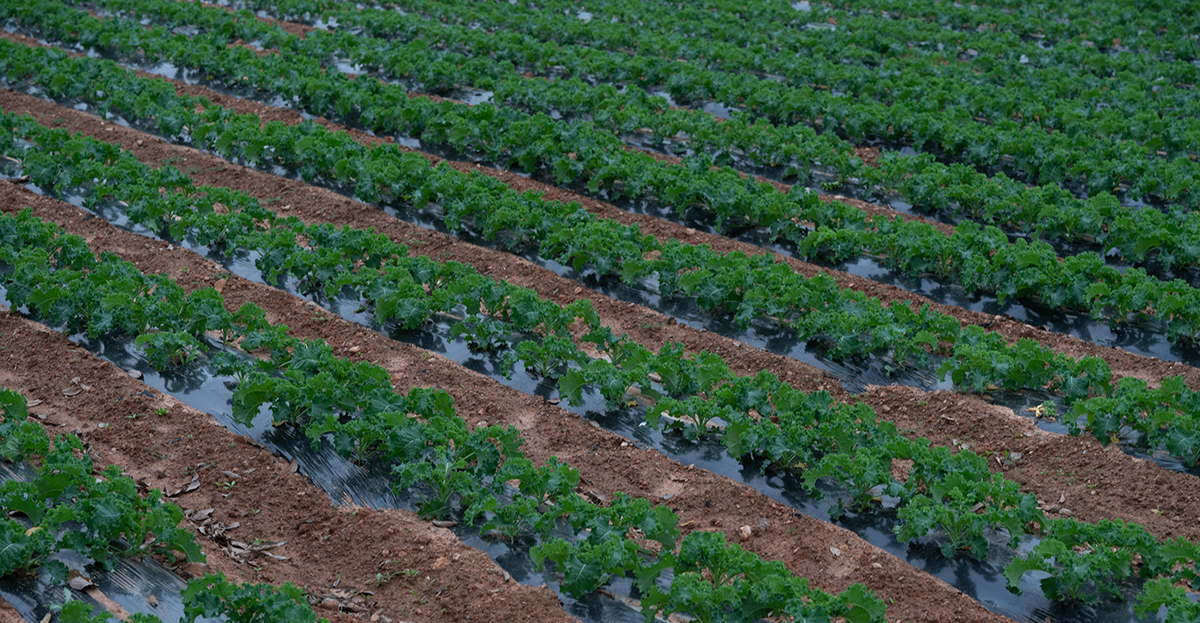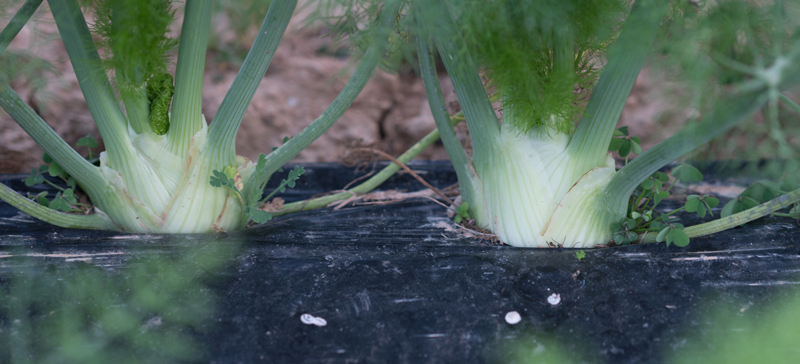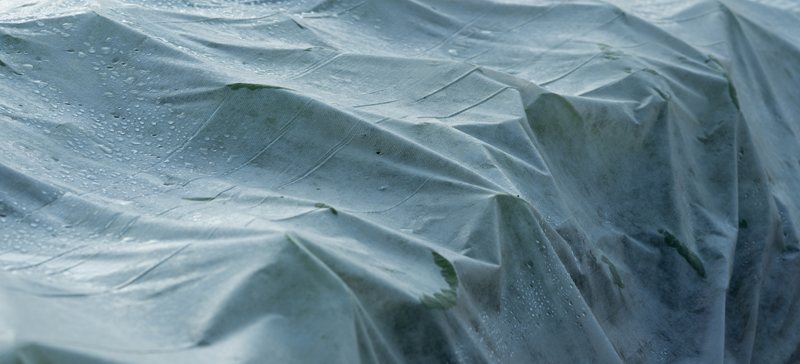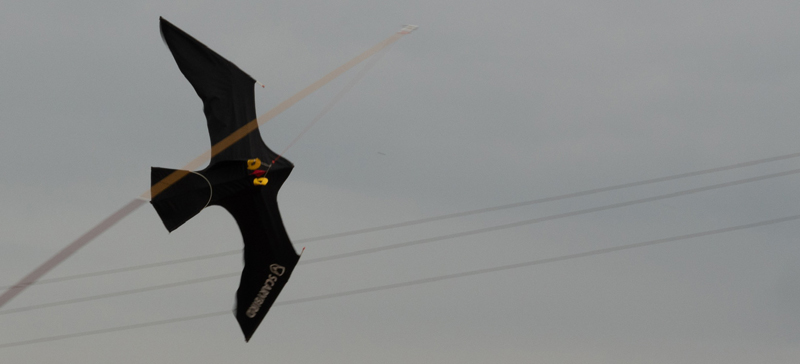

Competition with weeds
We use agricultural plastic to combat competition with weeds. These weeds can take up valuble necessities suchs as nutrients, water and sunlight for our crops. The plastic can then prevent weeds from sprouting and advance crop growth by warming the soil. This also conserves water by reducing evapotranspiration to maintain soil moisture.

Irrigation pipes and thermal blankets.
We also recycle the irrigation pipes and the thermal blanket that we use to protect the crops from frost and premature blooming.
More information → CM Plastik

Plastic owl
Another species that can cause economic damage to crops – and this is not a common insect or pest – are pigeons, especially woodpigeons, which fly in large bands and in the early stages of the plant, when it is more tender, in a few hours can destroy a large area.
That is why we install owls and other scarecrows to prevent them from perching on the field after transplanting.

Eagle Cachirulo
The most effective scarecrow is the cub that reproduces the silhouette of an eagle. Thanks to its movement, no matter how little the wind blows, it prevents pigeons, rabbits and other rodents from entering the fields of the Mas del Hondo, thus protecting the crops.

Net for rabbits
Since the summer of 2025, the rabbit population has dramatically increased, causing notable damage to watermelons, pumpkins, and other crops. The loss of biodiversity can lead to some species becoming pests. For example, rabbits lack natural predators such as eagles and hawks, causing significant damage to crops. We are researching new ways to combat this issue to maximize yield for our consumers. For instance, we are considering installing an electric fence as a deterrent. To address the lack of predators, we are attempting to reintroduce these predators by installing posts that serve as elevated observations spots. This way, they avoid electrocution risks posed by powerlines.
